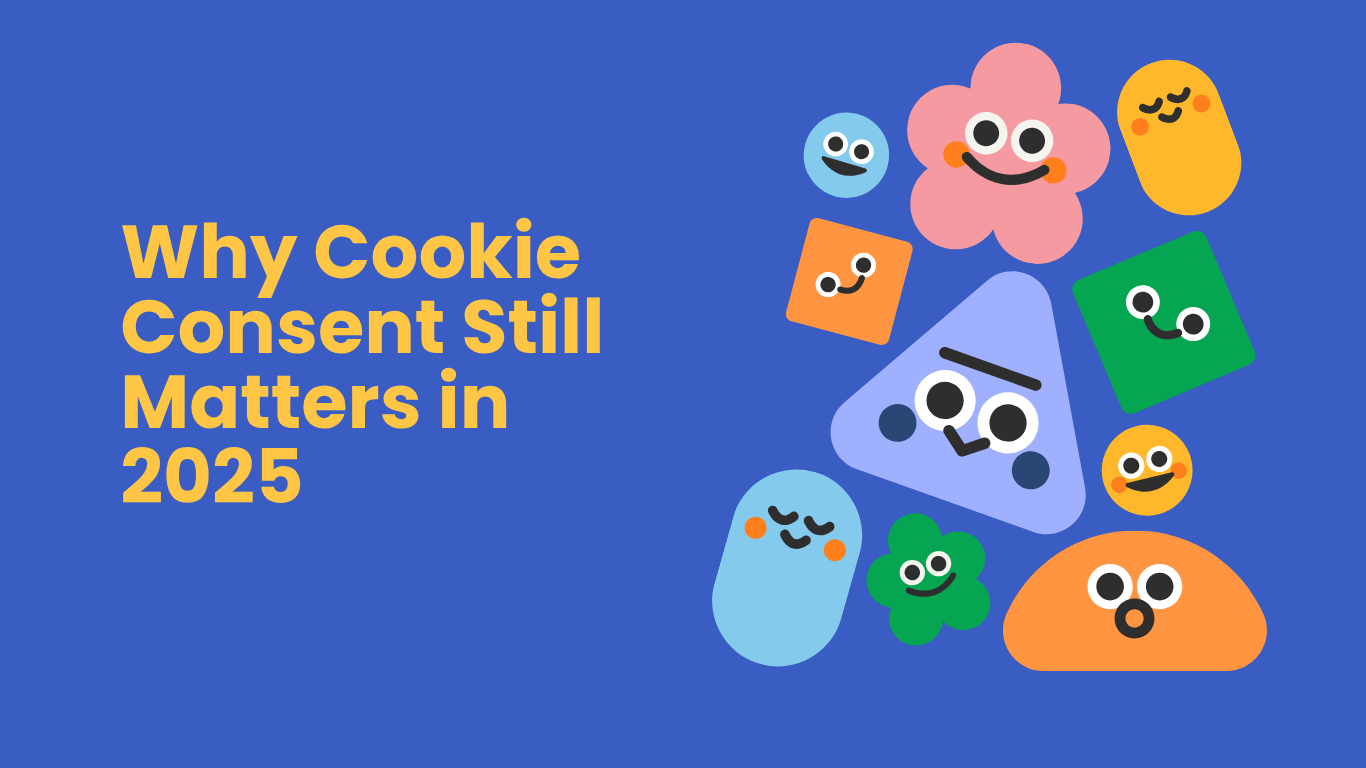
Why Cookie Consent Still Matters in 2025
If you thought the cookie banner was just a legal formality left over from the 2018 GDPR era, think again. In 2025, cookie consent is more relevant—and more scrutinized—than ever before. Here’s why it still matters and how it’s evolving.
1. Privacy Regulations Are Expanding, Not Fading
The GDPR, ePrivacy Directive, CCPA, and a dozen new regional laws have made it clear: consent isn’t optional. In fact, more countries are adopting or updating legislation that requires explicit, informed user consent—not just passive popups.
New example (2025): Brazil and India introduced even stricter rules on behavioral tracking this year.
2. Users Actually Care About Consent
Studies in 2024 showed that over 72% of users now read or interact with cookie notices before making a decision. Transparency is no longer just a buzzword—it’s a user expectation.
Users aren’t just clicking “Accept.” They’re asking: what am I accepting?
3. AI & Personalization Make Consent Even More Crucial
In the age of AI-powered marketing, companies collect more nuanced behavioral data. Without valid consent, using these insights could violate major regulations.
Personalized ads, user journeys, even chatbot interactions often rely on tracking that now needs explicit opt-in.
4. Consent Is Part of the UX and the Brand
Cookie banners aren’t just legal—they’re part of your brand experience. A clear, well-designed, user-friendly banner shows your audience you respect their rights. A confusing or aggressive popup? That screams shady.
5. Enforcement Is Getting Smarter
In 2025, regulators are actively scanning websites—not just waiting for complaints. Automated fines, smart compliance tools, and AI-based audits are increasing. Businesses that “fake” compliance are easier than ever to catch.
Bottom Line
Cookie consent isn’t a checkbox. It’s a live, evolving contract between your brand and your users. In 2025, the companies that respect this contract are the ones users trust—and stay with.
Still using an outdated banner? Time for an upgrade.